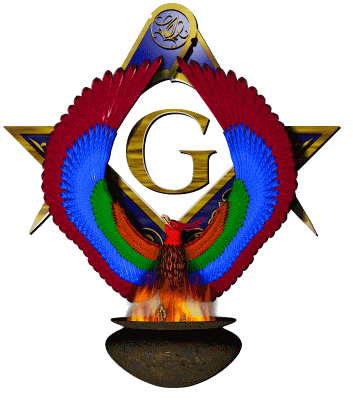Signs of Recognition
LAWRENCE B. JONES, PHP (Delaware)
THE ROYAL ARCH MASON Winter 1964
In all walks of life there are signs which people use to signify mutual recognition and to indicate the work they do or certain clubs and organizations to which they belong. In the office, a firm handclasp or pat on the back may signify congratulations on a promotion or a contract, job or speech well handled. In construction, a workman on the ground will use signs to signal up or down to a crane operator. In sports, a referee will use hand signals to call a foul, indicate a player is safe, or throw out a heckler.
A gentleman will doff his hat upon the arrival of ladies in a group or in their presence in an elevator, or he will uncover his head on entering someone's home. And even though in this age some of these signs of amenity are being flagrantly forgotten, they are still recognized as good usage and their origins date far back in history.
Masonic signs of recognition are also used in like manner, but with more than one reason or purpose. Certain signs are used in each degree to acknowledge one's presence, to acknowledge being recognized, and to request permission to do certain things. The first reason is to show respect for authority and to recognize the seat of authority. The second reason is to request permission to perform certain duties and also to indicate our qualifications to do these things in the lodge room. But I would add, also, a third reason: that of -signifying our constant and unwavering fidelity to the First Great Light of Masonry, each and every time we give or recognize these signs. On the street, at a sports event, in a crowded room, a stranger uses a recognizable sign. He indicates his calling and his oath by using it, and you signify the same in recognizing and answering it.
In signifying a request within the lodge, or acknowledging a greeting therein, your sign has a two-fold purpose. First, to indicate your respect for authority, as previously stated, and second, to restate your pledge of fidelity made on admittance and by which you retain your membership in a particular Masonic body.
Remember that any Masonic sign you use should be regarded as inviolate, a gauge of the manner in which you conduct transactions with all mankind and expressive of your desire to spread the Light of Masonry to your less-informed brethren.
